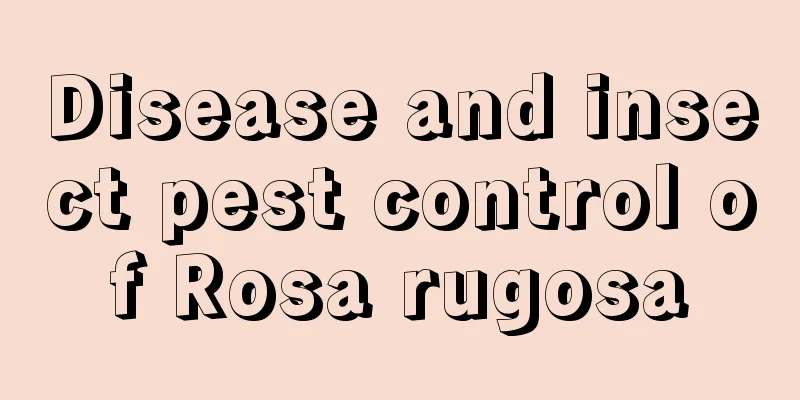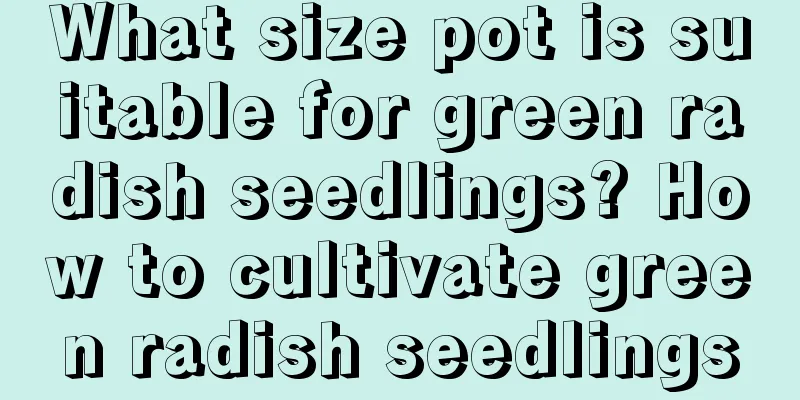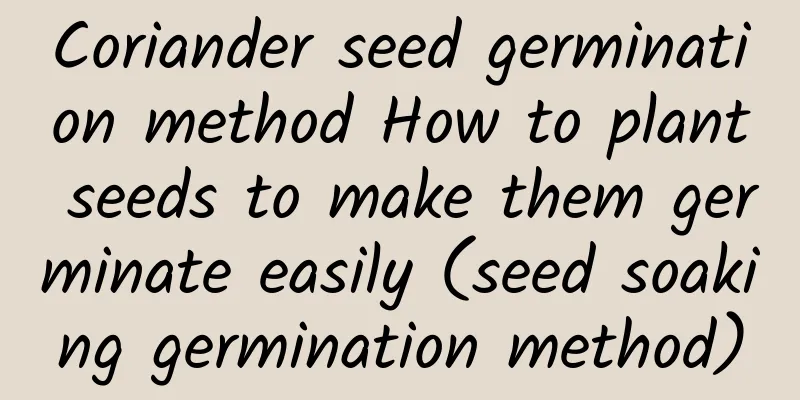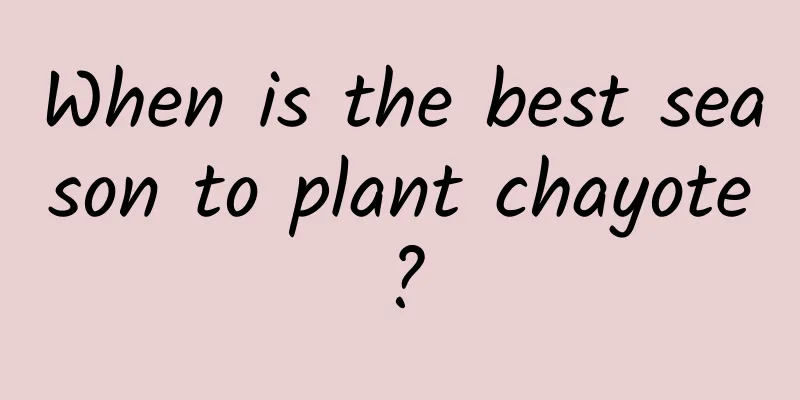Disease and insect pest control of Rosa rugosa

DiseasesThe first disease is called "powdery mildew", which is more common in Rosaceae species. It mainly occurs under humid, poorly ventilated and poorly lit conditions. To treat this disease, we should first isolate the plants that have been found in time, and cut off the damaged branches or leaves. It is best to burn them in one go to avoid harming other parts. The next step is to spray the medicine. Generally, we can choose a low concentration of medicine for spraying to avoid the deterioration of the disease. Then comes the later stage of improving the environment. The first and most important thing is to control watering to avoid an overly humid environment, and also to increase light to improve its disease resistance. The second disease is "brown spot", a fungal disease that mainly threatens the leaf part of the plant. As the name suggests, this disease will cause some spots to appear on the leaves. When the situation worsens, these spots will gradually connect together, and then cause the leaves to rot and fall off. The prevention and treatment of this disease is similar to the above disease. The first thing to do is to deal with the diseased part. Then spray with pesticides such as thiophanate-methyl. Then there is the post-treatment, such as applying less nitrogen fertilizer, avoiding watering it in the evening, etc. PestsThere is mainly one type of pest called "scale insects", which I believe we are all familiar with. Its reproductive capacity is very strong, and the corresponding harm it causes is also relatively large. If the number of pests is not too large, we can brush them off with a brush or cut off some leaves and branches. However, if the number is too large, we have to spray pesticides, and we can choose omethoate liquid. |
<<: Disease and Pest Control of Rhododendron ovata
Recommend
How to raise Longsha Gem
1. About the environment of Longsha Gemstone: Lon...
Cultivation methods and maintenance of old Pyracantha
How to grow Pyracantha into an old pile If you wa...
How often should you water your calla lily?
How often should you water your calla lily? Sprin...
How to care for pomegranate trees?
The flowers and fruits of the pomegranate tree ar...
Vegetable Planting Management Guide in September
September is a critical management period for veg...
Causes and treatments for yellow leaves of Bauhinia
1. Excessive watering Cause: Excessive watering c...
How to grow golden money cattail
1. Soil It has strong adaptability and growth abi...
How to water baby's breath and how to fertilize it so that it can bloom
1. How to water 1. Spring: The air in spring is s...
What to do if Anthurium does not bloom
1. Temperature (1) Specific reason: Too low tempe...
What material is ceramsite made of and what flowers are suitable for it
1. What materials are it made of? There are many ...
New grapefruit varieties
1. Red flesh pomelo It is one of the new varietie...
What to do before and after the azalea blooms
1. The flowering period of this plant Its floweri...
How to water potted aloe vera
1. Watering time Spring: The temperature in sprin...
How to prune a small pomegranate tree? When and how to prune it
Pomegranate tree pruning time Small pomegranate t...
The efficacy and function of fried perilla seeds, the efficacy and function of perilla seeds and taboos
1. Effects of Fried Perilla Seed 1. Improve memor...









